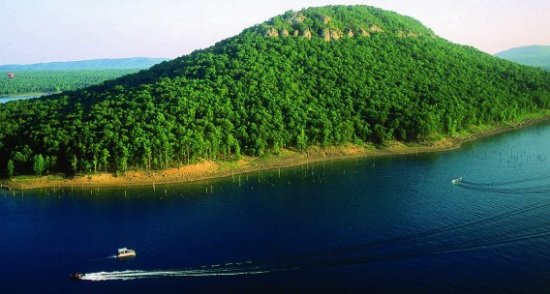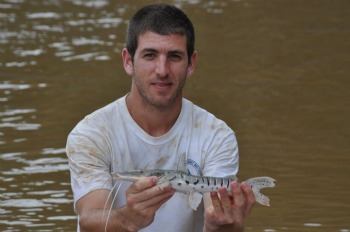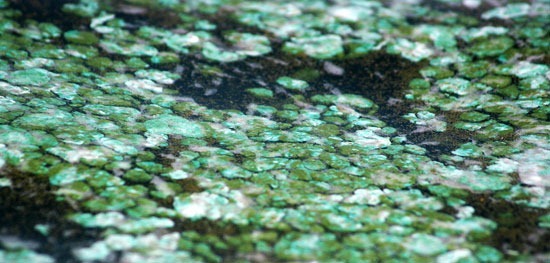Study: Fish in Pristine Lakes Contain Mercury
0Fish in even the most pristine lakes contain mercury, according to a recent study completed by the National Park Service and U.S. Geological Survey that examined lakes and streams in 21 U.S. national parks.
More than 1,400 fish were collected from 2008 to 2012 in high-elevation lakes and streams in Alaska and the western United States, areas that are largely removed from human impacts. Scientists looking at mercury levels detected them in every single fish.

Alaska’s Lake Clark. (Credit: Ryjil Christianson via Wikimedia Commons)
The concentrations found varied widely between parks and among sites within each park. Of all the sport fish sampled, 96 percent had concentrations below EPA-set limits for safe consumption. But some exceeded safety guidelines, including fish from Alaska’s Lake Clark and those from sites at Yellowstone and Yosemite.

Brook trout, a sport fish sampled in a 4-year study of mercury concentrations in fish in pristine areas. (Credit: Eric Engbretson, U.S. Fish and Wildlife Service)
With mercury concentrations in most fish sampled lower than levels in similar fish species from less-pristine areas, scientists looked to explain how there could be any mercury in the fish at all:
“The range of concentrations measured suggest that complex processes are involved in driving mercury accumulation in these environments and further research is needed to better understand these processes,” said Collin Eagles-Smith, ecologist at the USGS.
There are natural sources of atmospheric mercury, like volcanic emissions. But the majority of the mercury affecting these pristine areas is expected to come from man-made sources. These include coal-burning plants, mining operations or waste incinerators that pump the element into the atmosphere.












